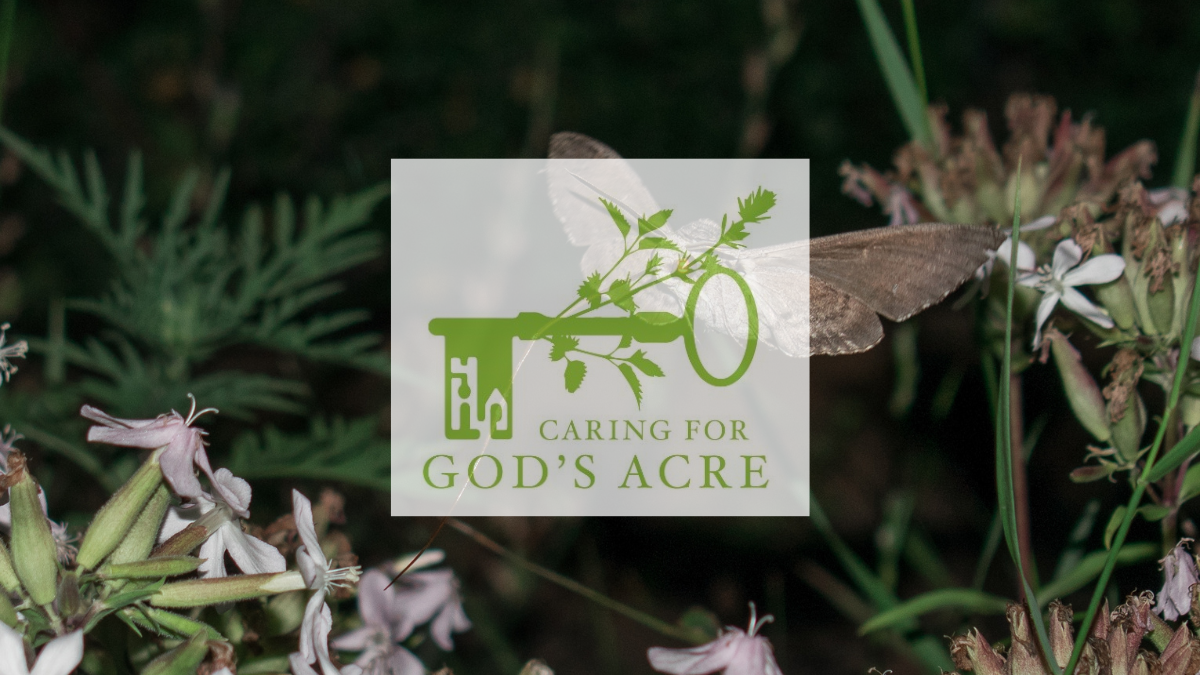
Winter Moths
When the nights are long and cold, we do not think of seeing insects, but spare a thought for the Winter Moth which can withstand freezing temperatures and can be seen on the wing between October and January.
For many of us, we see the Winter Moth in car headlights when driving in small lanes after dark, it is pale brown in colour and can be seen fluttering. They are attracted to light however, and so will come to a moth trap if you want a closer look. Winter Moths are widespread, occurring in many places with trees and shrubs, so not particularly a churchyard species but, as with so many other creatures, churchyards will be a haven for them, particularly if they provide a space away from artificial lights which can be so disorientating to insects.
Unusually, females cannot fly, they have small stubby wings and are dark grey, giving them camouflage as they clamber up tree trunks to summon males. The females attract a mate by giving off pheromones, which draw in the flying males. Their eggs are then laid on the bark of the tree and don’t hatch until spring, when tiny green caterpillars emerge. The caterpillars feed on tree leaves, eating a range of species including oak, sycamore, beech and willow. Caterpillars can also travel from tree to tree by spinning long threads of silk which act as a sail, carrying them through the air.
In the spring Winter Moth caterpillars are an important food for woodland birds, particularly the tit family. In January there is less food around and these small birds can be seen searching within the crevasses and nooks and crannies of trees for a range of adult invertebrates including Winter Moths, and also the overwintering larvae of other species.
Why not take a torch-lit walk and see if you can see a Winter Moth or even, if you are lucky, a female on a tree trunk. Alternatively wait for spring and look in April or May for the caterpillars chomping leaves, or a bluetit eating a caterpillar! The caterpillars are tiny, green and have a dark stripe on the top of their bodies. If you care for a church or churchyard then please consider the insects when planning outdoor lighting, having dark areas or lights which go off for part of the night can be beneficial to many species.
All the best,
Diocesan Churchyard Environmental Advisor
www.caringforgodsacre.org.uk - individuals and groups in the diocese receive 20% members discount on all CfGA materials. Use the discount code diomem22
